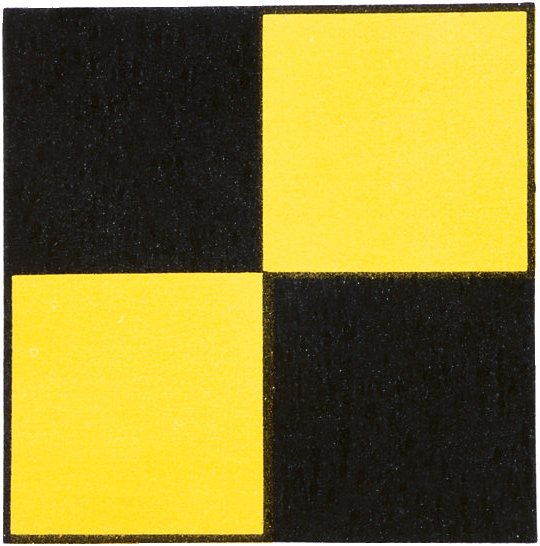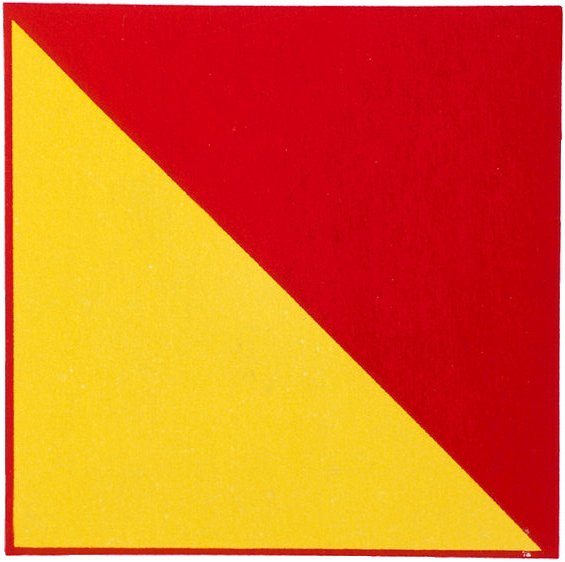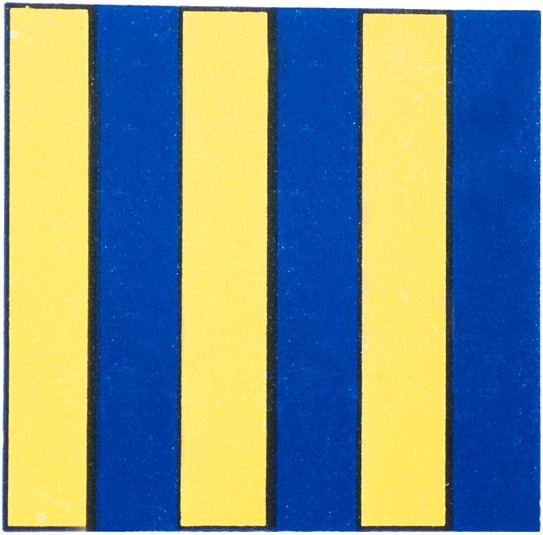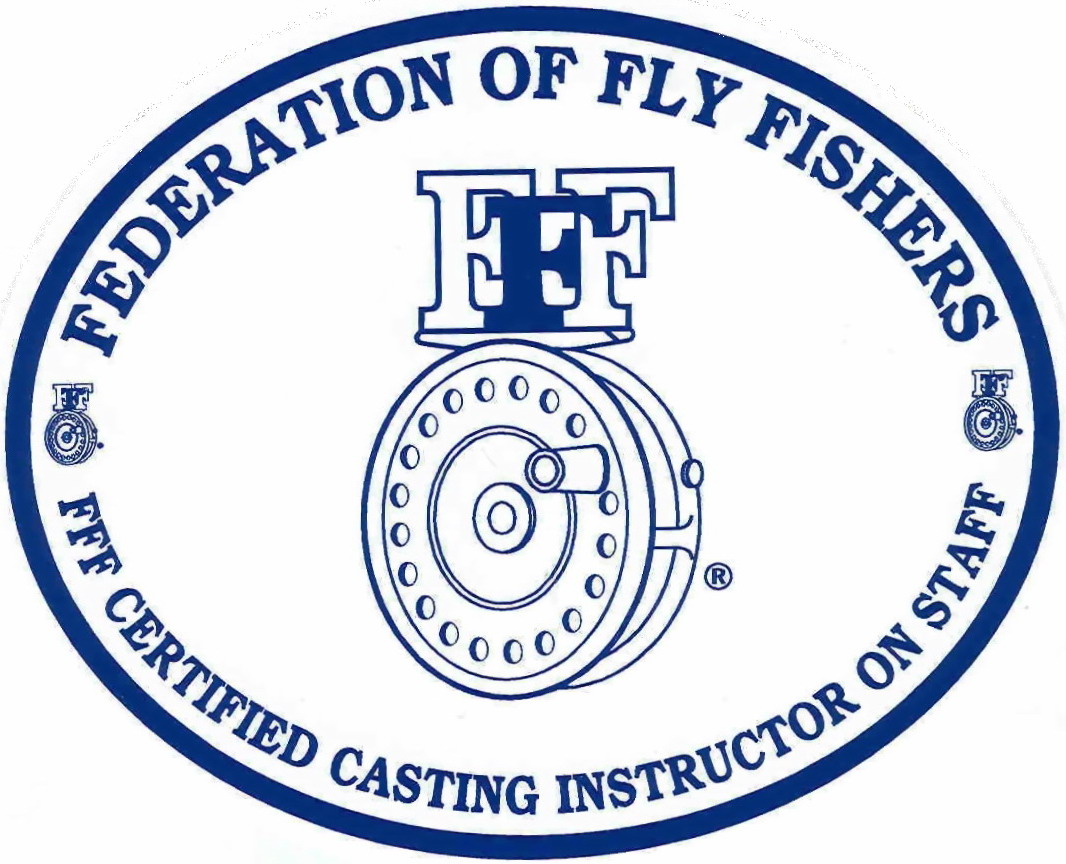Four Key Fly Casting Fundamentals
by Captain Jim Barr on 01/10/13
As an FFF Certified Casting Instructor I have the opportunity to instruct students who have never fly casted. Before we actually get into any lessons, I ask the student to go through the motions of fly casting as they know it (the back and forth as I refer to it). Almost without exception what I see is the "buggy whip" motion of the rod moving through a 140 degree arc with no hesitation on either the forward or back cast (to allow the line to unroll). This is accompanied by lots of "wristing" or wrist flexion, typically as much as 90 degrees. It's a horrible mess, but it can be fixed very quickly with some illustration and a variety of instruction techniques...and of course, practice. 1. For the rod casting arc- I ask the student to start with short casts to keep the rod arc in a narrow "V" (review Jeong Park's You Tube video to understand what I mean by the "V" https://www.youtube.com/watch?feature=player_detailpage&v=Y0l9Zgvl6ek ). I don't use the worn-out and often incorrect "10-2 pm clock face" illustration. To illustrate the concept of rod loading, I have them false cast initially with only 10 feet of line outside the tip top, then gradually increase the amount of line up to the "magic" 30 foot length. With 30 feet of fly line outside the tip top (not including leader and tippet) most fly rods will load (bend) properly due to the weight of the line and it's resistance to movement. As we increase the amount of fly line outside the tip we have to increase our line speed and we have to open up the "V" of the casting arc in order to keep the line aerialized. Generally the wider the casting arc, the more open the loop is unless it's accompanied by higher line speed, together with slow starts and accelerating strokes that finish with a crisp stop of the rod. The narrower the casting arc combined with slow starts and acceleration to crisp stops, the narrower the resulting fly line loop will be on both the forward and back casts. A narrow loop is what we are attempting to accomplish in most of our fly casting. It will enable us to be more accurate with our presentation and because a narrow loop is more aerodynamic, it will be less affected by wind. (However for certain fishing situations and types of fly lines and fly patterns, we do oftentimes adjust our casting stroke to effect a wide or open loop, but that's for another discussion.) 2. For the wrist- We want to minimize wrist flexion and extension. (Flexion decreases the angle between the bones of the limb at a joint, while extension increases it.) The more the wrist flexes and extends, the wider the casting arc becomes (even if we're doing everything right in 1.- above). A technique I use to help the student physically limit the flexion of the wrist is to have them insert the butt of the fly rod reel seat inside the end of their long shirt or jacket sleeve. As the caster raises their rod arm on the way to the backcast stroke, the butt end of the rod binds inside the cuff of the shirt or jacket and prevents the wrist from flexing too far. Conversely, to establish muscle memory in the arm and wrist, for the forward cast, I ask the student to hold the rod grip 180 degrees from the normal position so that the fly reel is positioned between the wrist and the the butt extension of the fly rod. This technique helps curb over-extension of the wrist. Too much wrist flexion and extension during the casting stroke opens the rod's casting arc- and thus opens the fly line loop. These techniques are simple but they work and both can be easily practiced at home. 3. Slow Starts and Fast/Crisp Stops- If our forward and back casting strokes start slowly and end fast (abruptly), our fly line loops will be narrow (that's a good thing). To illustrate this I use the analogy of throwing a potato off a fork. I actually bring both items to the lesson to illustrate the dynamics. When simulating the casting stroke with a potato speared onto a fork, if the starts and stops of the casting stroke are slow to start and slow to end and not abrupt at either end of the casting stroke- the potato may fly off the fork, but it won't travel very far (low energy). However, if the casting motion with the fork starts slowly, then accelerates to an abrupt stop- in a narrow "V" casting arc, the potato will be projected with considerable force and distance and at a higher trajectory. Another technique I use to illustrate this same point is to use a 3" wide paint brush. I dip the brush in water and then simulate the casting stroke using a slow start and stop. A slow casting stroke throughout, plus a slow stop and an open (or wide "V") casting arc results in very little water being propelled from the brush and what falls off, is minimal. I then re-dip the brush in the water and change the stroke to a slow start, then accelerating to an abrupt stop in a tight "V" casting arc. This simulated casting stroke shoots water off the brush for a considerable distance and at a higher plane. Again, this sounds elementary, but both techniques are effective in illustrating the importance of a slow start to the casting stroke and an acceleration to an abrupt stop. In actual fly casting, as the length of line increases as a function of needing to cast a longer distance, the casting arc needs to open (a wider "V") in order to keep the line from falling to the lawn (during practice) or to the water while fishing. The casting stroke may need to widen but the start and stop principle stays the same. Review Jeong Park's casting to better understand these fundamentals. She is utilizing a "double haul" casting technique to help her increase line speed. (The double haul is an advanced casting technique that comes later in the learning process.) This technique and an adjustment in the timing of the forward and back cast strokes allow more line to be aerialized. Watch the video carefully to understand the importance of allowing the fly line to nearly straighten before beginning the forward and back casting strokes. While the loop is unrolling, the caster has the option of keeping the casting arm exactly where it ended the stroke or following through. Follow-through helps to smooth the shock of the abrupt stop or "power snap" (Joan Wulff's term) and gives the caster a feeling of staying connected to the fly line's weight as it unrolls. 4. Rod Loading- The fly rod is a spring, similar to leaf springs in your car's suspension or a hunting bow. In the case of the fly rod, it's the bending of the rod under the weight and tension (or resistance) from the inertia of fly line (the line's resistance to move) that stores energy in the rod (makes it bend). It is that same stored energy that when released by the momentary straightening of the rod (unloading) through the casting arc that causes the line to be propelled on both the forward and back casts. In fly casting, the weightless fly pattern is delivered to the target (the fish) by the fly line that is propelled by the release of energy from the unloading or straightening of the fly rod. In conventional casting it is the weight of the lure that pulls the line off the reel on it's path towards the target. In fly casting we are casting the line and the fly simply goes along for the ride. In order for the rod to load (bend) properly there must be a certain amount of fly line outside the tip of the rod to provide the appropriate amount of weight that is transformed into "tension" or resistance (thus energy) during the casting stroke. In most cases the rod will load beautifully with roughly 30 feet of line outside the tip top. (This changes with several key variables such as line speed, fly rod and line "weight", wind, etc). I routinely mark my fly lines with a black Sharpie marker at about the 30 ft. mark to help me identify that sweet spot. Too often I see anglers "buggy whipping" their false casts with only 5-20 feet of line outside the tip top. It's no wonder they false cast 7-10 times before they finally make the actual cast... and in most cases the line falls in a heap not far from the casters feet. TIP: To make it even easier to locate the fly line's sweet spot I wrap a 1/4 -1/2 inch section of rod wrapping thread on my fly line at that same 30 ft Sharpie ink mark. I cover the wraps with Pliobond to keep them from unraveling. When fishing at night when you cannot visualize your ink mark, you will feel the thread bump slip through your line hand on it's way to the tip top signaling that you have the optimal amount of line aerialized. * With several fly casting lessons (about 6 hours total) from a Certified Casting Instructor, most beginners will be able to cast with an acceptable degree of accuracy to a distance of forty feet, the distance that probably 80% of the fish they will ever catch, will be caught within.





